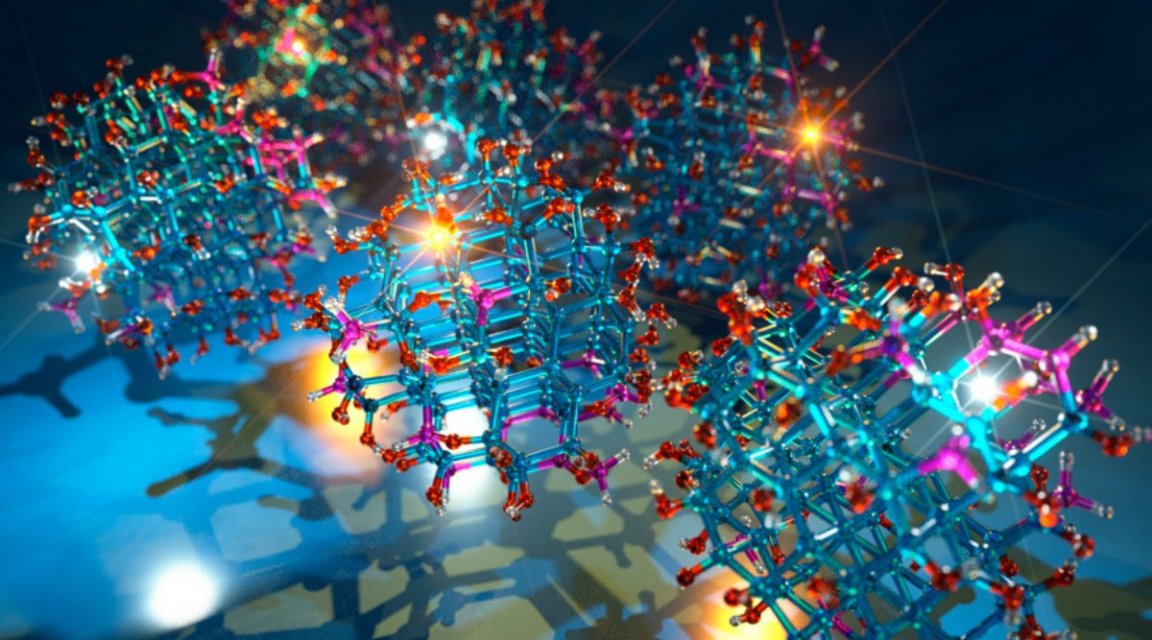
Prof. Tongcang Li at Purdue University and Dr. Zhang-gi Yin at Tsinghua University just proposed the first scheme to use electro-mechanical oscillators and superconducting circuits to teleport the internal quantum state (memory) and center-of-mass motion state of a microorganism.
Sound a little complex? Then let’s break it down a bit.
They want to move the memories of a living organism and effectively “teleport” them from one place to another. However, notably, when we talk about the “memory” of a living creature, we’re not talking about memories about its life. Rather, we are talking about the memory of the creature’s existence at an atomic level – its internal quantum state.
They also proposed a scheme to create a Schrödinger’s cat state in which a microorganism can be in two places at the same time.

In their study, the physicists propose to put a bacterium on a electro-mechanical membrane oscillator that has been integrated with a superconducting circuit. This will be done in order to cool the microorganism. A study published earlier this month has shown that, at these temperatures, it’s possible to put an oscillator membrane in a superposition state. As a result, the team suggests that the same thing would happen to the bacterium sitting on top.
Quantum superposition and teleportation of the organism’s center-of-mass motion state can be done by using superconducting microwave circuits. The internal states of a microorganism can be entangled with its center-of-mass motion and be teleported to a remote microorganism.
Since internal states of an organism contain information, this proposal provides a scheme for teleporting information between two remote organisms.
“We propose to simply put a small microbe on top of the aluminum membrane. The microbe will also be in a superposition state when the aluminum membrane is in a superposition state. The principle is quite simple,” Li told Ian Sample at The Guardian.
In the press release, they explain, “With a strong magnetic field gradient, the internal states of a microorganism, such as the electron spin of a glycine radical, can be entangled with its centre-of-mass motion and be teleported to a remote microorganism. Since internal states of an organism contain information, this proposal provides a scheme for teleporting information or memories between two remote organisms.”
Superposition theory and the proposed scheme
Currently, scientists have been experimenting with quantum ground cooling and the superposition of atoms, molecules, and electrons. However, quantum superposition of an entire organism has not been realized.
Tongcang Li and Zhang-gi Yin proposed setup is a quantum-limited magnetic resonance force microscope. It will manipulate and detect the quantum states of electron spins. It will also allow some isolated electron spins that could not be read out with optical or electrical methods to be used as quantum memory for information.
Li adds, “We propose a straightforward method to put a microorganism in two places at the same time, and provide a scheme to teleport the quantum state of a microorganism. I hope our unconventional work will inspire more people to think seriously about quantum teleportation of a microorganism and its potential applications in the future.” Yin says “Our work also provides insights for future studies about the effects of biochemical reactions in the wave function collapses of quantum superposition states of an organism.”